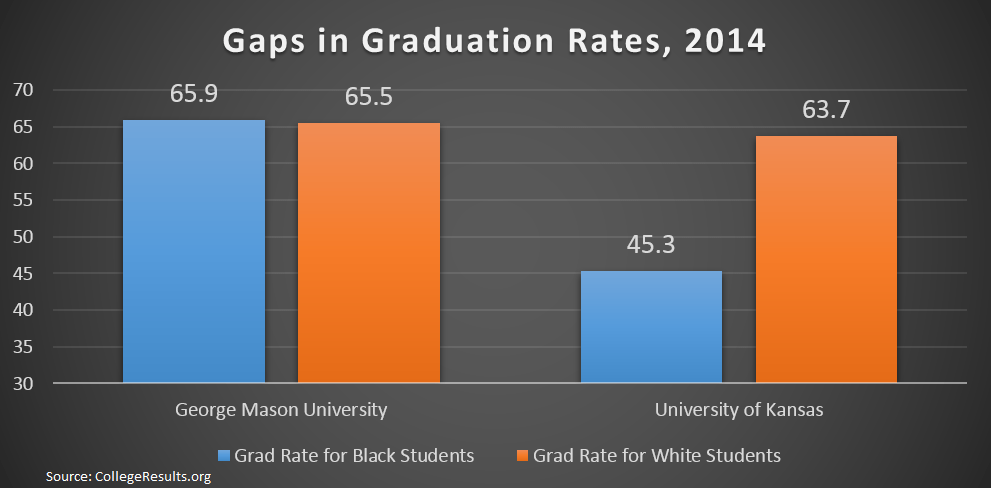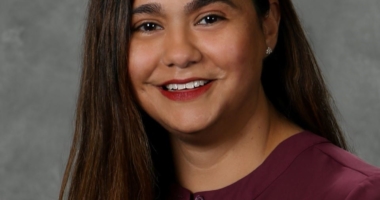A Tale of Two Colleges: Similar Students and Different Results
As the college admission letters start to trickle in, young adults across the country are facing one of the largest investment choices of their lives: where to go to college. Identifying the right institution could mean a lifetime of higher earnings and more stability and opportunity in the labor market, but attending the wrong institution might reduce the odds of graduating and leave students with unmanageable loan debt.
That’s why it’s important to consider outcomes — and not just broad outcomes, like overall or average graduation rates, but specific outcomes that show prospective students how well (or terrible) universities serve students like them. Although colleges may appear similar in demographics or course offerings, they can produce drastically different results for students who receive Pell Grants (a proxy for low-income status) or for students of different races. In a forthcoming report, A Look at Black Student Success: Identifying Top- and Bottom- Performing Institutions, we will provide lists of four-year institutions that serve Black students well and some that don’t. In addition, we will provide several examples of institutions that seem similar but have very different graduation rates for their Black students.
Take, for example, George Mason University in Virginia and the University of Kansas — both large public research universities. Both admit freshmen with admissions scores near the top quartile of students nationwide. They enroll similar numbers of undergraduates (about 20,000) and comparable percentages of freshmen receiving Pell dollars (25.2 percent for George Mason and 22.8 percent for Kansas). They also post overall graduation rates above 60 percent. On paper, they appear quite similar, right? But the Black students that attend these institutions have very different chances of completing a degree in six years.
 At the University of Kansas, for example, 45.3 percent of Black students graduated in 2014. At George Mason, 65.9 percent of Black students completed their degrees. This rate is nearly identical to the graduation rate of White students at George Mason, whereas the graduation rate for Black students at the University of Kansas is 18 percentage points lower than the rate for White students.
At the University of Kansas, for example, 45.3 percent of Black students graduated in 2014. At George Mason, 65.9 percent of Black students completed their degrees. This rate is nearly identical to the graduation rate of White students at George Mason, whereas the graduation rate for Black students at the University of Kansas is 18 percentage points lower than the rate for White students.
This “tale of two colleges” shows that just as one should never judge a book by its cover, it’s true, too, that students should never judge a university by its averages.
(Speaking of books, literary genius Charles Dickens, probably best known for his classic novel A Tale of Two Cities, was born this week in 1812.)
Photo credit: John Walker









